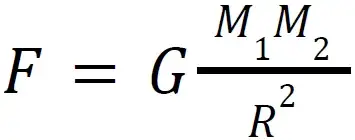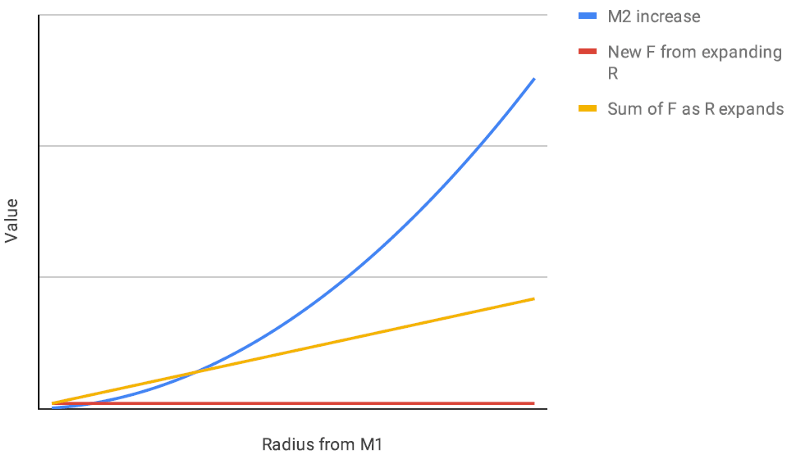If we accept the theory that the standard model particles of our universe did not exist until that time, then characteristics directly attributable to those particles can also be assumed to not exist.
This is supported by the Higgs boson theory which proposes that it is through the mechanism of that particle which gives mass to other particles. If the origin of the universe was such that this particle dominated the universe and, in a very brief period, decayed into the dilation (or gravity) contributing particles that now exist, then that implies the first moments of the universe were gravity naïve.
From that time, the time dilation or “gravity waves” being emitted by all the particles in the universe have been traveling outward. Per CERN, “Gravity is the weakest [force] but it has an infinite range,” implying that even the time dilation of a photon first emitted by a Higgs boson decay 14 billion years ago is just reaching the earth now.
Although that would appear to be an infinitesimally small amount, the entire universe is simply a collection of these small amounts. But it is the cumulative effect of those tiny values to which we are interested.
If we presume that the universe is a static three-dimensional volume, we can also presume that the furthest distance from which we would receive new gravity waves would be comparable to the most distant electromagnetic signals we can observe. So for about 13.7 billion light years, new gravity has been reaching us as well as the EM evidence of these ancient signals.
Therefore, if we turn back the clock a few eons we should be seeing a shorter distance into the universe and therefore under less influence from more distant gravity as well. But is that really worth considering?
Let’s look at it as simply as possible with the following equations:




